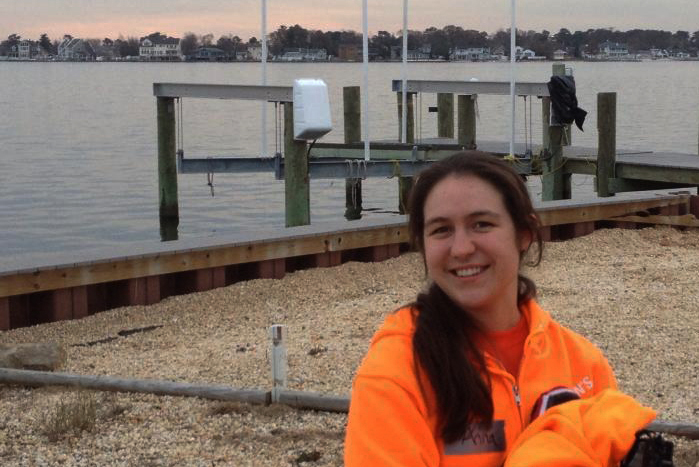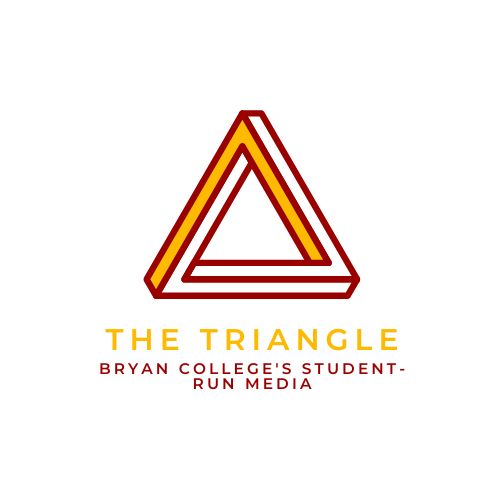By Will Jones
Staff Reporter

When Hurricane Sandy smashed into the Jersey Coast, few found themselves prepared for the ferocity of the storm. All told, Hurricane Sandy constituted the second most devastating storm in American history after Hurricane Katrina, responsible for destroying nearly seventy thousand buildings and killing one hundred and twenty five people in just two days. The storm caused nearly $63 billion dollars worth of damage in the states of New York and New Jersey alone.
After the floodwaters receded, thousands were left without homes, millions without electricity or transportation. People across New York and New Jersey returned Halloween Day to find their homes dank with black mold, their yards, streets and subway tunnels flooded, their neighborhoods changed.
Perhaps the only thing more terrifying than the storm itself are the changes that come after. After immediate danger has passed, there remains the drudgery and discouragement of rebuilding and reclaiming. Viewed from a distance, the size of the rebuilding effort can seem paralyzing. So, over Thanksgiving Break, Bryan student Anna Haffner decided to go to New Jersey to help with the rebuilding effort.
“My sister, Barbara, goes to Lipscomb University in Nashville, and one day, she just felt called to stand up and call for volunteers to go up with her to New Jersey over Thanksgiving break,” Anna laughed. “There were ten of us, none of us knew each other very well, but we all climbed into two cars and drove [a] fifteen-hour drive to New Jersey.”
Once there, Samaritan’s Purse organized, oriented and directed teams of volunteers from all over the country, sending them out to the various worksites. “They really knew the community and what needed to happen,” Anna said. “They were very efficient, very good at moving people where they needed to be.”
Anna said that mostly the group worked from house to house to remove debris, and tear out moldering walls and floorboards. “The people in the community where we worked, Ocean County, New Jersey, were very thankful and appreciative, but it was hard, of course. Many had lost all they owned.” Haffner said that area churches, despite the damage, were very hospitable: “One night, we ate dinner with a community of Messianic Jews from the community who saw us working during the day, [and] took us into their church one night for food.”
In some neighborhoods, the floodwaters had risen several feet, and brought in some rather unexpected surprises. “Once we found a speedboat in a house swimming pool. It must of washed in from the ocean on the floodwaters; no one in the neighborhood knew where it came from or who it belonged to,” Haffner said.
Overall, the experience was at times sobering. “A lady who had grown up in the neighborhood we worked the most in took me aside and showed me pictures of the beach before the storm. We never saw the places where houses had just been flattened, but a lot of the flood damage was just as destructive, even if it left the house standing.”
Haffner says that she and her sister plan to return as soon as finals are over for another week of work. “It sounds, clichéd, but I felt incredibly blessed just to go over there for a few days, and I think a lot of the people we worked with really appreciated us coming, even if it was just a few days.”
To students considering finding ways to help out, Anna gave this advice: “Just do it if you want to. It was the best Thanksgiving break I’d ever had, and most of the people thought so too.”
